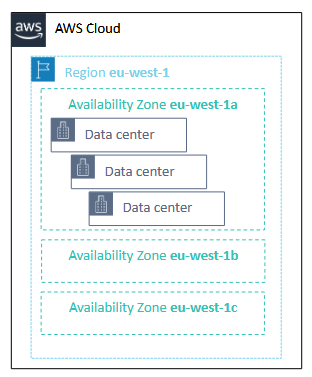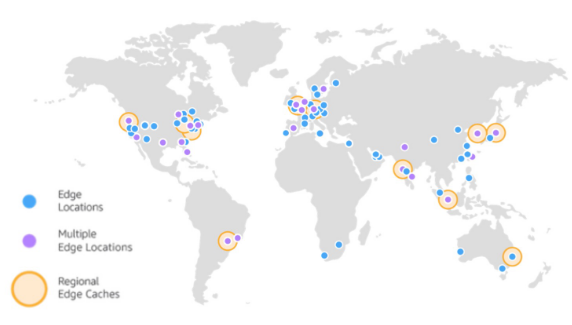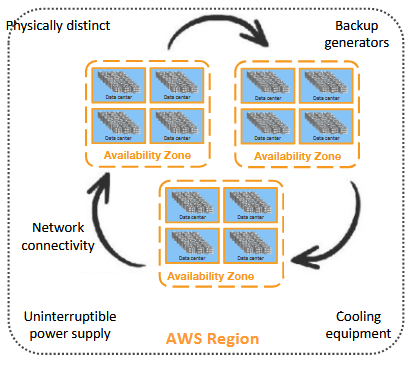STCLOUD_mod3_global_infrastructure FULL
original file
i was absent bc of lasare, this was discussed f2f
Module 3: AWS Global Infrastructure
- designed and built to deliver a flexible, reliable, scalable, and secure cloud computing environment with high-quality global network performance
- AWS continually updates the global infrastructure footprint
- Global Infrastructure Map: https://aws.amazon.com/about-aws/global-infrastructure/#AWS_Global_Infrastructure_Map
- Regions and Availability Zones: https://aws.amazon.com/about-aws/global-infrastructure/regions_az/ (with Regions, Edge Locations, Local Zones, and Regional Caches)
AWS Regions
- an AWS Region is a geographical area
- data replication across Regions is controlled by you
- communication between Regions uses AWS backbone network infrastructure
- each Region provides full redundancy and connectivity to the network
- a Region typically consists of 2+ Availability Zones
Selecting a Region
determine the right Region for your services, applications, and data based on these factors
- data governance, legal requirements
- proximity to customers (latency)
- services available within the Region (as in AWS services you're gonna use i think)
- Costs (varies by Region)
Availability Zones

- each Region has multiple Availability Zones
- each Availability Zone is a fully-isolated partition of the AWS infrastructure
- AZs consist of discrete data centers
- designed for fault isolation
- interconnected with other AZs by using high-speed private networking
- you choose your AZs
- AWS recommends replicating data and resources across Availability Zones for resiliency
AWS Data Centers
- designed for security
- data centers are where the data resides and data processing occurs
- each data center has redundant power, networking, and connectivity, and is housed in a separate facility
- a data center typically has 50-80k physical servers
Points of Presence

- AWS provides a global network of Points of Presence locations
- consists of edge locations and a much smaller number of Regional edge caches
- used with Amazon CloudFront
- a global Content Delivery Network (CDN) that delivers content to end users with reduced latency
- Regional Edge Caches used for content with infrequent access
AWS Infrastructure Features

- Elasticity and scalability
- elastic infrastructure; dynamic adaption of capacity
- scalable infrastructure; adapts to accommodate growth
- Fault Tolerance
- continues operating properly in the presence of a failure
- built-in redundancy of components
- High availability
- high level of operational performance
- minimized downtime
- no human intervention (automated)